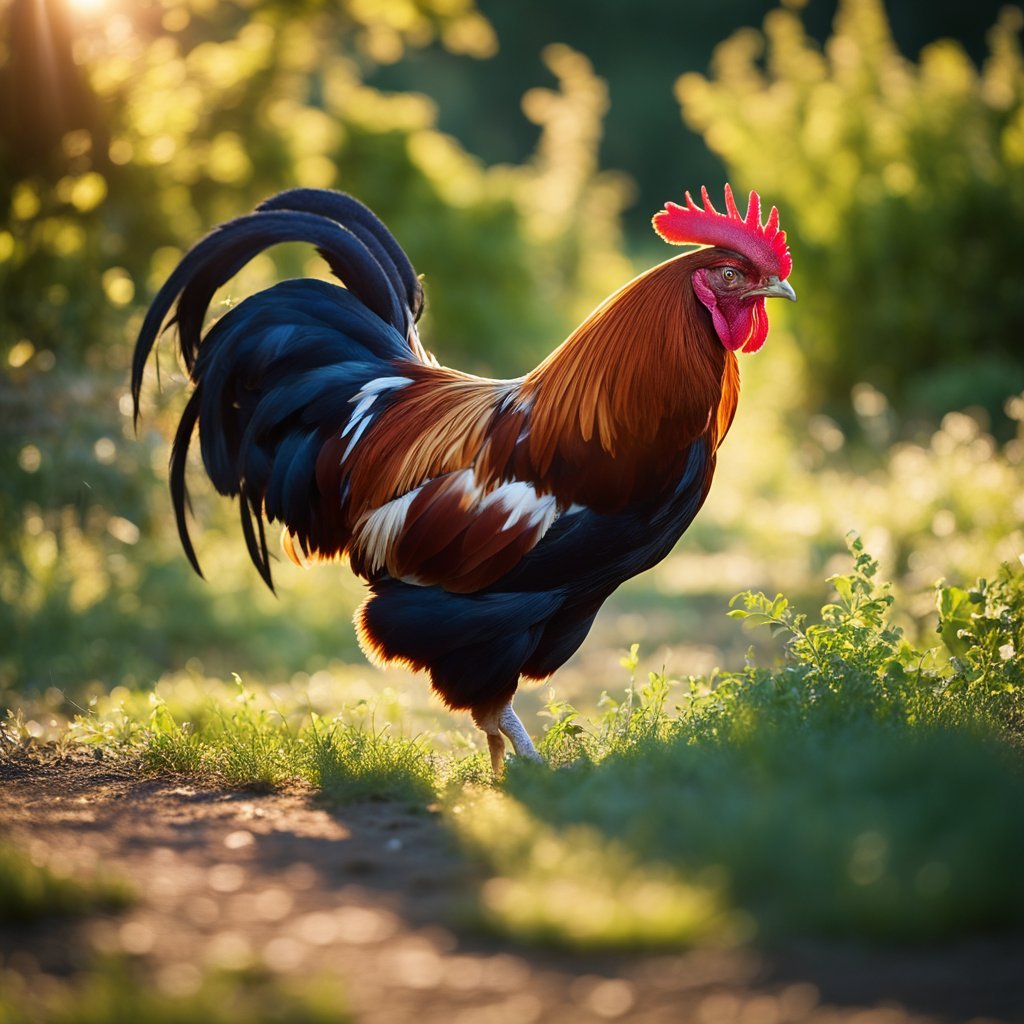Raising healthy, happy chickens the natural way. Whether you’re a first-time flock owner or a seasoned urban homesteader, we focus on what matters most: keeping your birds thriving with herbal remedies, chemical-free solutions, and sustainable practices.
Explore expert-backed guides on treating common health issues like mites, bumblefoot, and respiratory problems—without relying on harsh medications. Dive into our breed spotlights to find the perfect chickens for your lifestyle, whether you’re limited on space, want quiet companions, or need reliable egg-layers for a beginner-friendly flock.
Explore Now:
How to Spot and Treat Common Chicken Illnesses – Early Detection and Natural Treatments
Ultimate Guide to Chicken Breeds for Specific Needs – Choose the perfect breed.
Natural Remedies for Chicken Digestive Issues – Restore gut health.
How to Get Rid of Chicken Mites Naturally – Eliminate parasites.

